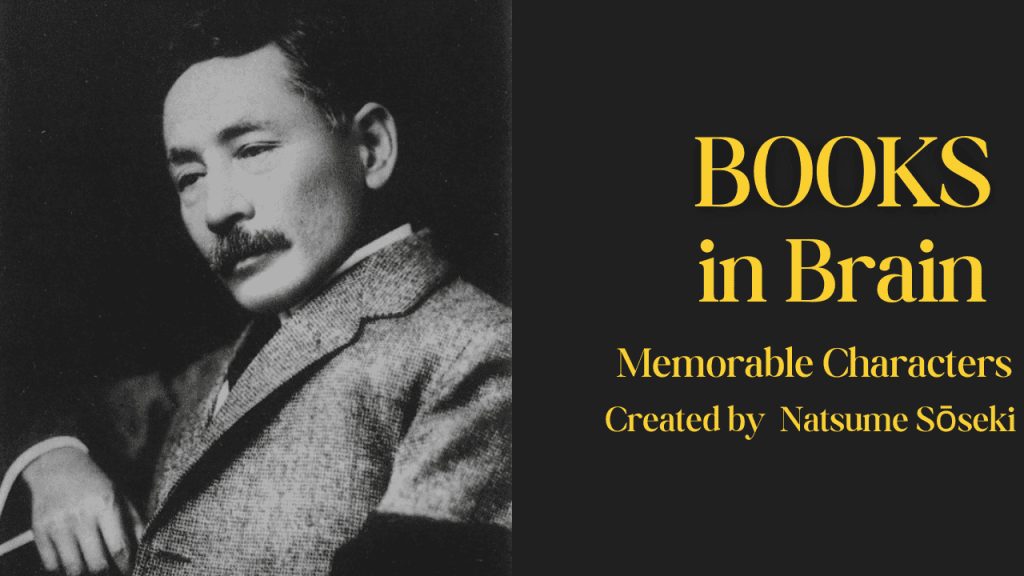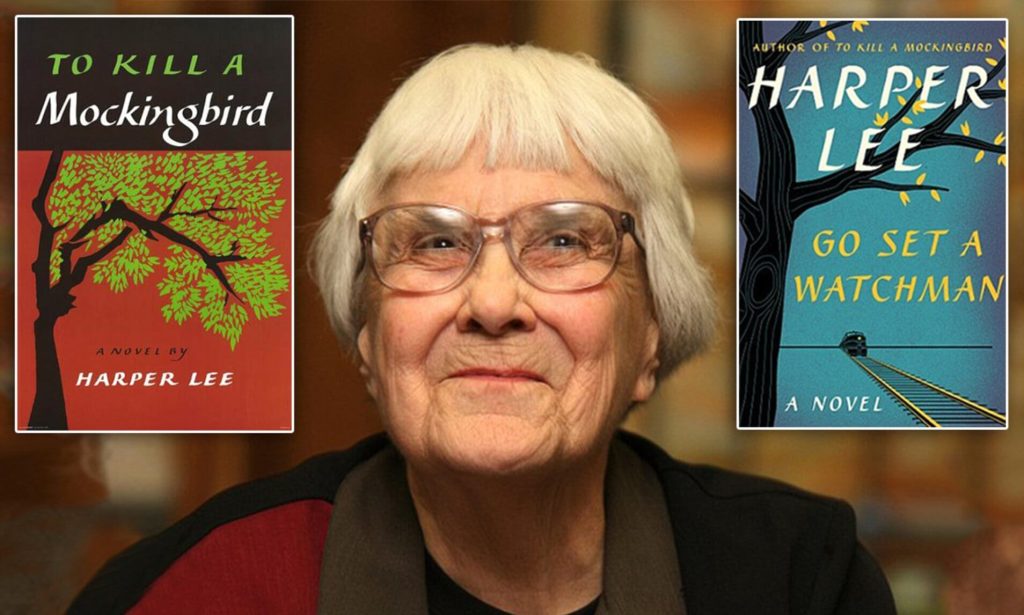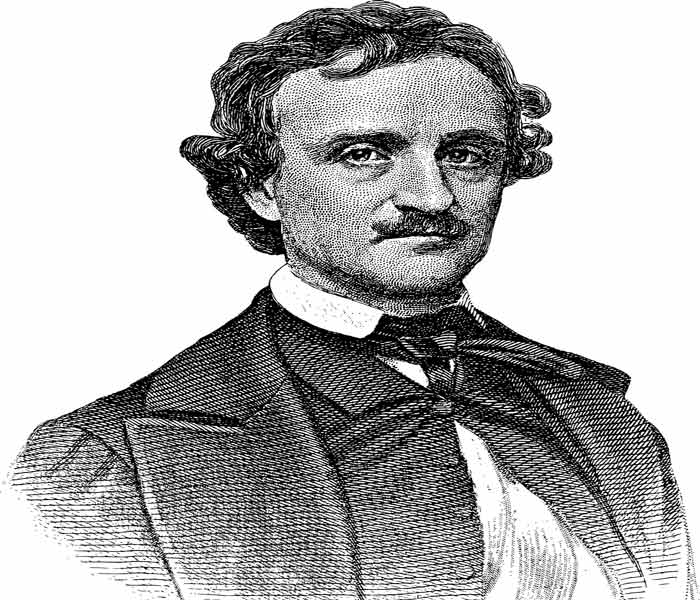Natsume Sōseki is one of Japan’s greatest modern novelists. He captures the cultural shifts of the Meiji era through themes of identity, loneliness, and modernity. His works, like Kokoro (1914), which explores friendship and betrayal, I Am a Cat (1905), a satirical look at society through feline eyes, and Botchan (1906), a humorous tale of youthful misadventures, are celebrated for their depth and wit.

Here, we’ll explore 10 of Sōseki’s most memorable characters and discover what makes them stand out even a century later.
10 Best Memorable Characters Created by Natsume Sōseki
1. Botchan from Botchan (1906)
Botchan is a young, outspoken teacher from Tokyo. He is sent to teach in a small, traditional town. Botchan is known for his honesty and bold personality. He doesn’t hide his feelings and often speaks his mind, which creates trouble with the local people. They find him too direct and rebellious.
But Botchan stands firm in his beliefs, refusing to follow rules he sees as unfair. His humor and strong sense of justice make him relatable to anyone who has felt like an outsider. Botchan’s story highlights the importance of staying true to ourselves.
2. Sensei from Kokoro (1914)
Sensei is a wise and mysterious man in Kokoro. He becomes a mentor to a young student, who looks up to him. However, Sensei has a sad past that haunts him. He feels deep guilt and loneliness due to choices he made long ago. As he shares his story with the student, his inner struggles come to light.
Sensei’s life shows the pain of living with regrets and the difficulty of finding peace. His character makes readers think about friendship, guilt, and the hidden sorrows people carry.
3. The Cat from I Am a Cat (1905)
In I Am a Cat, Sōseki gives us an unusual narrator—a nameless, sarcastic cat. This cat watches humans and judges them with a sharp, witty view. The cat’s observations are funny and often reveal the silly side of human behavior.
Through the cat’s eyes, we see people’s selfishness, pride, and odd habits. The cat’s detached, humorous tone gives readers a fresh view of society. It makes us question our own actions, showing us our flaws in a gentle, humorous way.
4. Sanshirō Ogawa from Sanshirō (1908)
Sanshirō is a young man from the countryside who moves to Tokyo for university. He is innocent and unsure of himself, feeling lost in the big city. Tokyo is full of new ideas and people who are very different from him. Sanshirō faces confusion as he tries to balance his traditional upbringing with modern city life. He also finds himself puzzled by relationships, especially with women.
Sanshirō’s journey is one of self-discovery, capturing the excitement and fear of growing up. Many readers connect with him because they, too, have experienced the challenges of finding themselves.
5. Mineko from The Gate (1910)
Mineko is a quiet and loyal woman married to Sōsuke, the main character in The Gate. She has a peaceful but modest life, filled with simple routines. Mineko doesn’t seek attention or glory; instead, she quietly supports her husband and keeps their home running smoothly.
Her calm strength and patience stand out, especially when they face struggles together. Mineko’s character shows the power of quiet resilience and loyalty. She teaches us about love, commitment, and finding beauty in simple things.
6. Daisuke from And Then (1909)
Daisuke is a thoughtful man torn between love and duty. He comes from a respected family and feels pressure to live up to their expectations. But he falls in love with a woman who makes him question everything. Daisuke is unsure whether he should follow his heart or fulfill his family’s wishes.
His character represents the struggle between personal desires and traditional obligations. Daisuke’s story is one many people understand—the difficulty of choosing between what we want and what is expected of us.
7. Nami from The Miner (1908)
Nami is a man who escapes to a mining community to deal with his despair. Life in the mines is harsh, dark, and dangerous, but it offers him a chance to confront his pain. In this tough environment, Nami searches for meaning and strength.
His journey through the mines is a path of self-reflection and survival. Nami’s story demonstrations us that sometimes, facing our hardest challenges helps us grow. His struggle reminds readers of the resilience inside all of us, even in the darkest times.
8. O-Nobu from Ten Nights’ Dreams (1908)
O-Nobu is a mysterious character in Ten Nights’ Dreams, a collection of dreamlike stories. She appears in various forms in different dreams, each time representing something unique. O-Nobu often symbolizes deep emotions, like love, fear, or regret, depending on the dream.
Her character brings a magical, almost surreal quality to Sōseki’s storytelling. Through O-Nobu, Sōseki explores the power of dreams and the hidden truths within them. Her mysterious nature keeps readers intrigued. It makes them wonder about the meanings of dreams and their connection to real life.
9. Shūzō from Grass on the Wayside (1915)
Shūzō is a struggling writer facing many hardships. Life is tough for him—he has financial problems, a difficult marriage, and a lot of stress. Grass on the Wayside is partly based on Sōseki’s own life, which makes Shūzō’s character feel real and relatable. He represents the dedication and sacrifice of a creative person who fights against the odds to pursue his passion.
Shūzō’s story speaks to anyone who has faced setbacks while following their dreams. His resilience and courage inspire readers, reminding them of the strength it takes to keep going.
10. Yasuko from Light and Darkness (unfinished, 1916)
Yasuko is a complex character who appears in Light and Darkness, Sōseki’s last, unfinished novel. She is a young woman who is intelligent, perceptive, and somewhat manipulative. In her marriage to Tsuda, Yasuko finds herself struggling with jealousy, suspicion, and power dynamics. Her relationship with Tsuda is marked by emotional distance and unspoken tensions.
Yasuko’s character reflects the challenges of marriage, especially when communication and trust are lacking. Her inner struggles and subtle strength make her a memorable and realistic portrayal of a woman trying to find her place in a complicated relationship. Through Yasuko, Sōseki delves into the complexities of human connection, showing how even love can be filled with conflict and misunderstanding.
Final Words
Natsume Sōseki’s characters, from the spirited Botchan to the wise but troubled Sensei, have touched readers. His ability to create such authentic and complex characters has made him a legend in Japanese literature. Each personality reveals a part of ourselves we might not yet know. Whether you’re encountering Sōseki for the first time or revisiting his works, these memorable characters offer something timeless, meaningful, and maybe even a little surprising.



Pingback: Memorable Characters Created by Patrick White
Pingback: Memorable Characters Created by William Golding